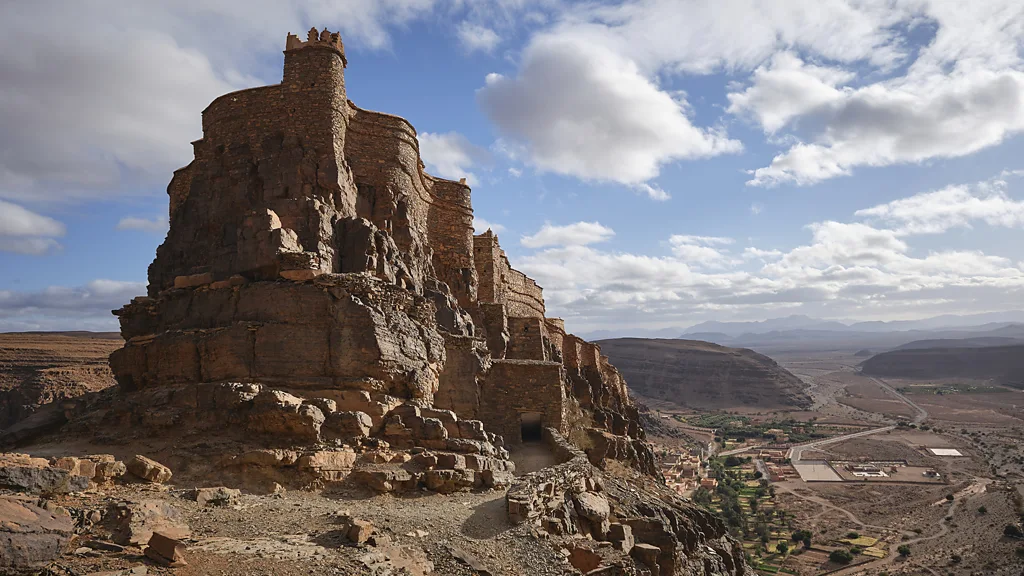
Morocco’s Ingenious 500-Year-Old ‘Banks’
These ingeniously designed, 500-year-old “banks” offer a glimpse into Morocco’s Indigenous heritage amidst some of the country’s most rugged and beautiful landscapes.
“The Amazigh tribes built these ancient structures from the mountains around us,” explains Hassan Louz, a key keeper of one of Morocco’s oldest igoudar—storehouses constructed centuries ago by Indigenous tribes to protect their most valuable possessions. Built from local materials like stone, adobe clay, and palm trees, these igoudar (plural of agadir, meaning “wall” or “compound”) dot the Souss-Massa region of southern Morocco.
Sacred Storehouses
Originally built to safeguard essential goods like grains, nuts, oils, and family treasures, the igoudar also protected communities from desert threats such as drought and looting. The structures soon became vital spaces for debate, trade, and governance in the region.
A Center of Tribal Life
As Amazigh tribes transitioned from nomadic to settled life, igoudar evolved into multifunctional hubs. Some included underground water tanks, apiaries, and even blacksmith forges, symbolizing the resourcefulness of these ancient people.
“Those passing through would often stop at igoudar,” shares Yasmine Lakmali, a local Amazigh woman. “Caravans traveling from the Sahara stayed here for trade before heading to the Atlantic Coast.”
Cooperation and Sustainability
Igoudar were run cooperatively, with surplus goods redistributed according to the needs of each family. This system ensured no one in the community went hungry, reflecting an impressive level of cooperation during challenging times.
Guardians of Tradition
The tribes appointed guardians called Amins, responsible for maintaining security and law within the storehouses. They enjoyed special privileges, including their own quarters and a nearby mosque, ensuring around-the-clock protection.
Preserving the Past, Protecting the Future
While many igoudar have fallen out of use, some continue to serve communities, like in Aït Kine, where the local agadir is still a place for storing crops, hosting weddings, and preserving important family records. Restoration efforts by local villagers and government initiatives are helping these remarkable structures stand the test of time.
External Link:
Explore more on Turku at BBC’s full report.
Internal Link:
Check out more travel guides at https://kenkou-land.com.






